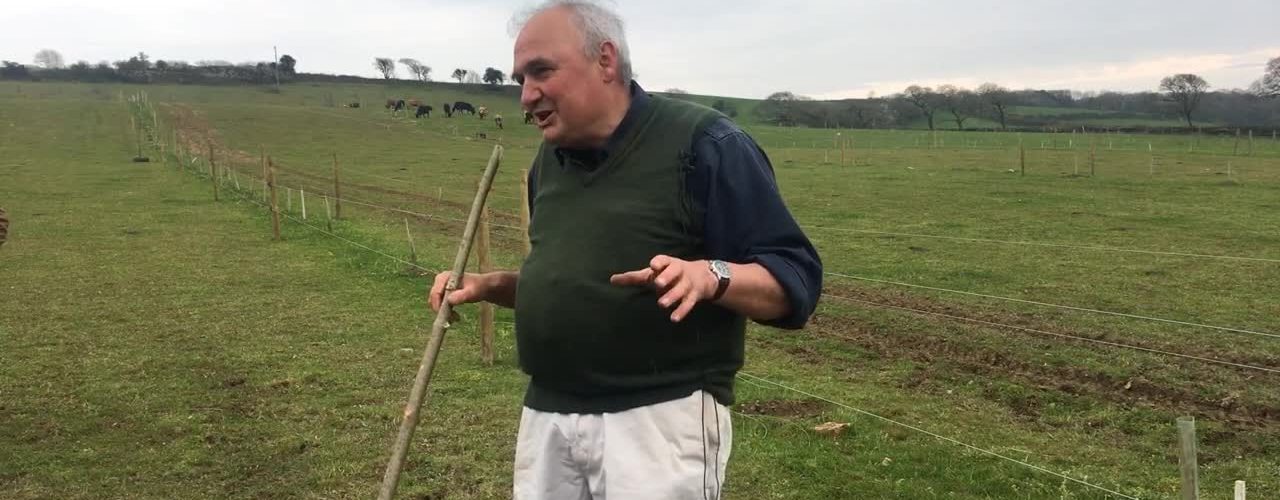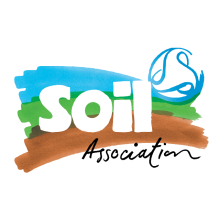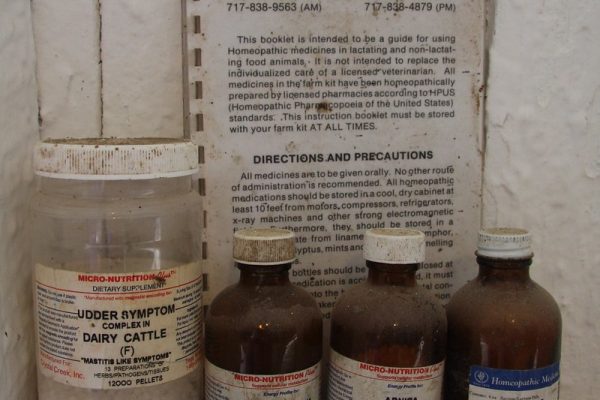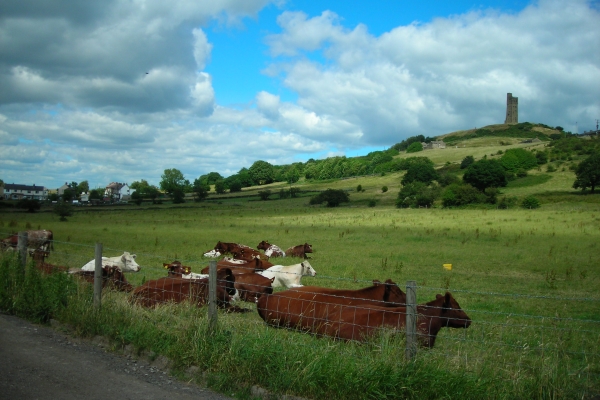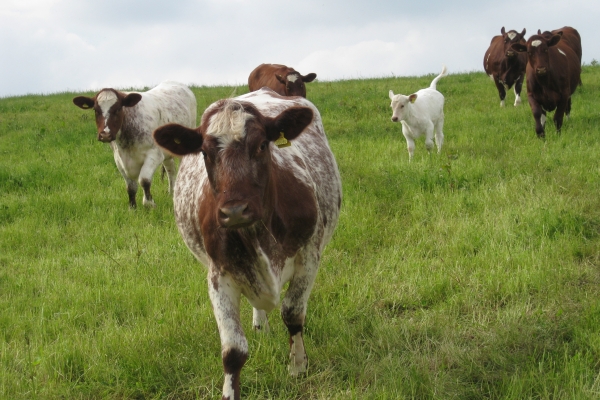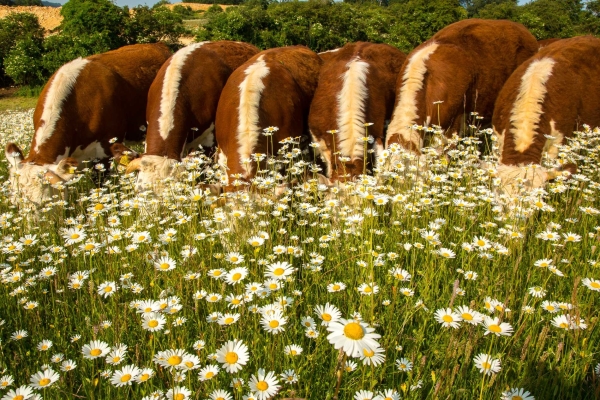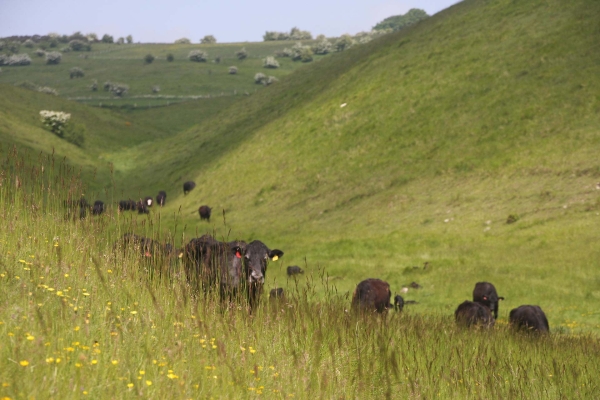Chris Jones
Woodland Valley Farm, Ladock, Cornwall
Woodland Valley Farm is a 170-acre organic dairy farm situated in mid-Cornwall in a secluded valley, incorporating 26 acres of woodland, streams, ponds and wetland.
We now have a herd of 60 Jersey-cross dairy cattle which feed on grasses from herb-rich pastures with silage and hay during the winter. We practice rotational grazing – the cattle eat everything, including ‘weeds’ and are encouraged to browse hedges. Herb planted amongst the grasses allows them to self-medicate and means we rarely intervene with antibiotics and supplements.
We calve in May and June and outdoors where possible which reduces the risk of infection for new-borns and calves are suckled for 6 weeks before weaning.
My family moved here in 1960. I was lucky enough after dad died to take over the farm with my mum (dad had been a dairy farmer), and now run the farm with my wife Janet. We built up a suckler herd (had about 90 suckler cows by 1995), then in 1996 with the outbreak of BSE, we went from what was about £100,000 worth of livestock to something that functionally was worth nothing. We cut the herd down and put the farm down to mostly long-term leys, a little arable, and went down the organic route (the farm has been organic since 2002). As we became more climate change aware we felt that we needed to try and find out what the farm was doing.
We had a carbon audit done and were horrified to find out we were omitting about 300 tonnes of carbon a year. Due to wanting to reduce our massive carbon footprint, we stopped ploughing and have minimised our use of non-renewable resources. We stopped growing any arable crops and went from emitting 300+ tonnes a year to having a net sequestration of about 350 tonnes. It didn’t cost us a lot in productivity and probably saved money as well. We started sowing better grass leys that could enhance the soil and our livestock’s diet; containing varieties such as rye, timothy, cocksfoot, clovers, chicory, yarrow, plantain, and salad burnett (see the video ‘Herbal leys, intensive rotational grazing and the world according to Chris Jones’ below).
We realised that we should be thinking about a farm not just in terms of growing food as it has a whole lot of other roles as well; it’s got to provide oxygen, soak up carbon dioxide, enhance biodiversity, provide clean water to drink, help regulate the flow of water down to the village below us which floods from time to time, add to the landscape, and provide energy…We are committed to continually improve our impact on ecosystem services and pollution prevention.
We were founder members of the Pasture-Fed Livestock Association and the ORFC. We’re very interested in expanding our knowledge and finding out what we can do better and with the same amount of land hopefully continue producing more and better food but at the same time fixing more carbon for a longer time as well – and to that end we’ve recently started up a trial agroforestry plot. A couple of years ago with the Cornwall Wildlife Trust we set up the Cornwall Beaver Project too. There’s a raft of biodiversity benefits that can come from having beavers.
Farm diversification – we have a countryside classroom for schools, colleges and universities, on-site accommodation, and run woodland walks. We also provide a venue for corporate events, weddings and parties.
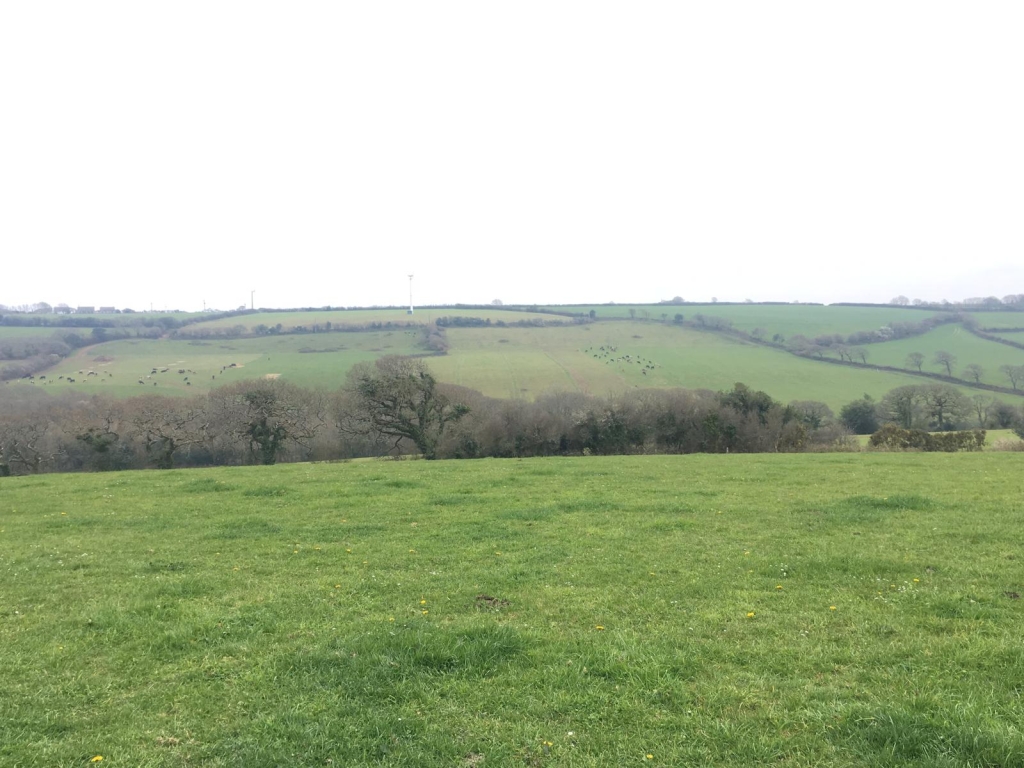
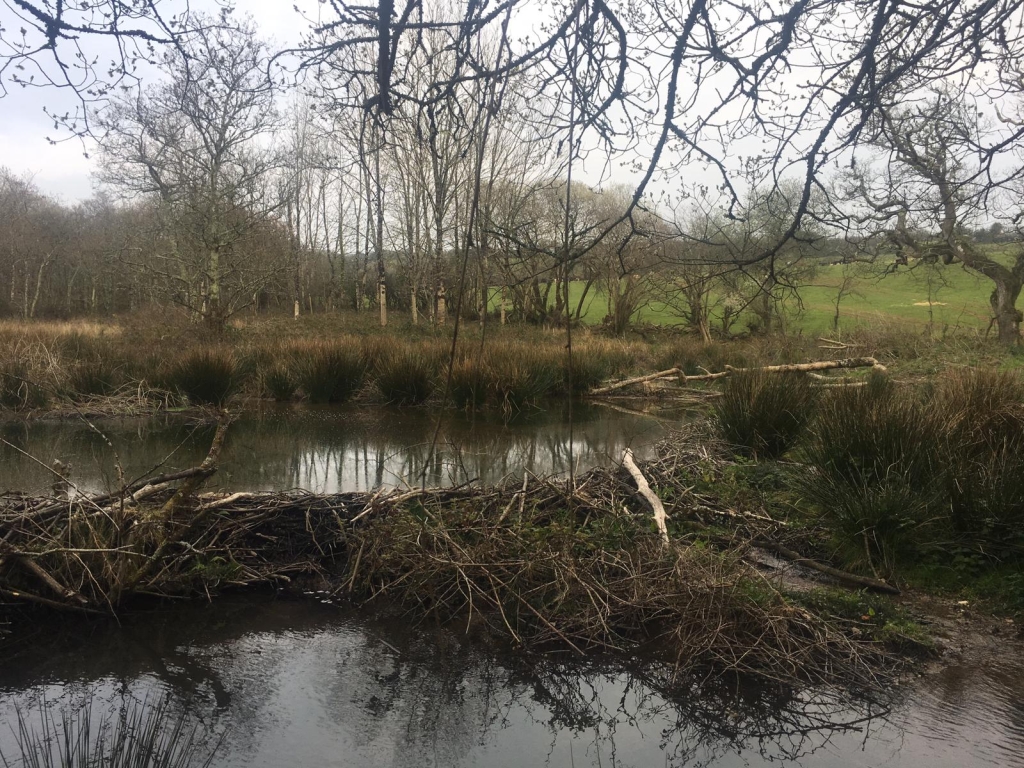
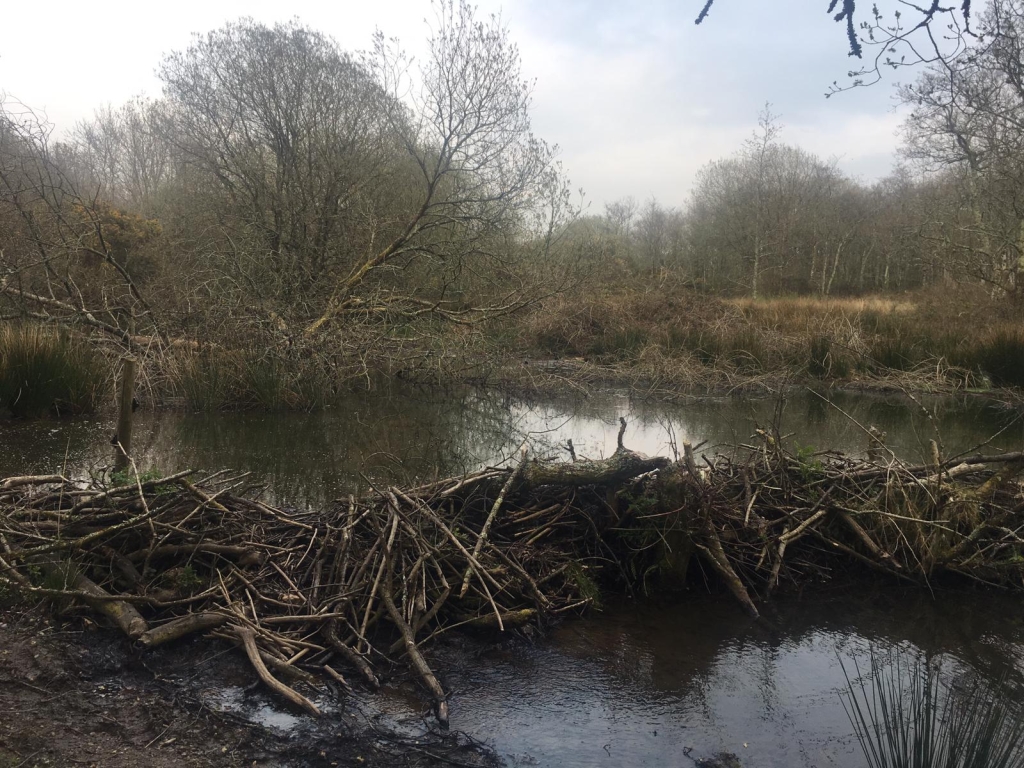

Sustainability in practice
Rotational grazing
Listen to Chris talk about the process of rotational grazing on the farm, the main drivers for it, and some of the advantages and disadvantages here:
Some key points
- Chris houses cows on small areas of pasture for limited time periods then moves them on. This gives grass a good recovery period and has positive impacts on stock parasite levels.
- Experiencing long periods of below average rain and savage drought on the farm has significantly reduced grass growth and allowed for much slower growth recovery, they have had to rotate cattle faster, parasite levels have increased and they’ve been forced to commence some supplementary feeding. The negative impacts have been so extreme they’ve had to consider de-stocking.
- One of the main drivers for rotational grazing was to improve the carbon cycle. Another knock on benefit has been with having ‘healthier dung’ and not having to use wormers, the insect population has grown – providing increased ecological benefits.
Carbon sequestration and increasing soil organic matter (SOM) through using cover crops, min till, direct drilling, and pasture woodland
Listen to Chris talk about the reasons behind some of the farming practices he deploys to increase carbon sequestration and soil organic matter (SOM), and how he carries them out on the farm here:
Some key points
- As part of wanting to sequester more carbon than they emit and to combat the dry summers, they’ve started using cover crops. Last year they: put in oats and vetch (after ploughing), cut as silage, then min tilled and direct drilled with forage rape, got two grazes off it, then sowed barley, grazed it again, then min tilled again and sowed vetch, Italian rye grass and red clover. Eventually they’ll cut for silage, then put in a diverse herb grass ley.
- They’ve doubled their SOM from 2009 to 2018, their soil structure has improved, and there is much more biological activity. Soil sampling done as part of the FCCT project showed them the potential of the soil.
- Chris describes the pasture woodland on the farm; rows of trees have been planted across pasture at 30m intervals, with 3 – 6 metres between trees (also see the video ‘Establishing an alley silvopasture system’ below).
- Black locust is a very good all round tree for farming; it’s a nitrogen fixer, has very palatable leaves, and makes exceptionally good firewood and fencing material.
- With predictions of increasing temperatures, storms, and more intense rainfalls, shelter in fields is going to be critical.
Motivations
Motivations for farming applying agro-ecological practices and looking to the future…
Listen to Chris talk about some of the driving forces behind his way of farming, and some of his hopes for the future here:
Some key points
- Chris believes it is vital to look beyond farming as keeping shelves full in supermarkets; we have to farm in the way nature lets us, and keep in mind what we can do to increase the wild value of our land. He suggests we can’t all be ‘Knepping’ (see Knepp Wildland) – land will be too valuable for growing food.
- He points out that with land of lowest agricultural value i.e. beside rivers and streams it is easy to give up 20m either side of the water course and put beavers in there – which can help dramatically grow biodiversity – and he has found the beneficial effects to spread out across the farm.
Farmer tips (rotational grazing)
- Get a really strong electric fence.
- Don’t skimp on fencing.
- Smaller areas and more frequent moves is a good thing, while accepting there is a labour cost in that.
- Use plate meters with caution!
